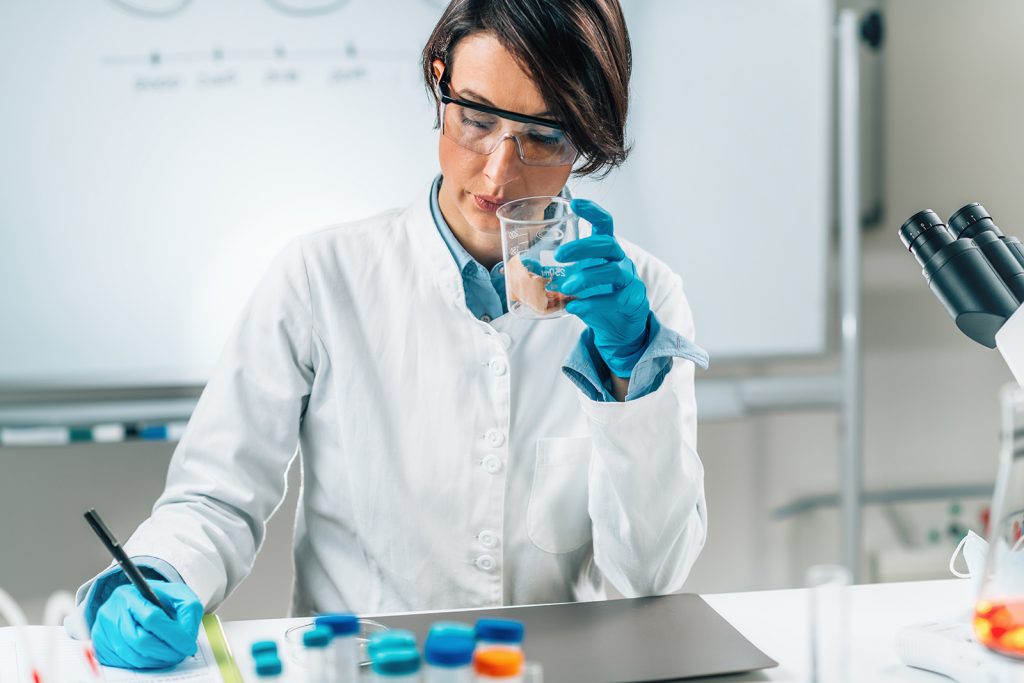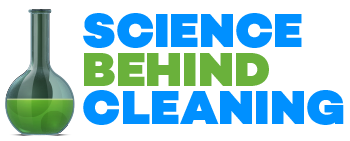Every home has dirty surfaces that need to be cleaned. Luckily, store shelves hold hundreds of different cleaning products, but how do consumers differentiate cleaning products? How do consumers balance performance, application, and value?

Cleaning product manufacturers run tests in their labs to make sure their products perform. Testing comes in many forms, but the best tests replicate actual product use as close as possible. This is referred to as consumer relevant applications testing.
Consumer-relevant applications tests begin by selecting a cleaning surface (the substrate) that represents common household places like kitchens, garages, or bathrooms. Next, a soil that mimics dirt found in these areas is selected or created. This soil may consist of grease, oil, common dirt, or even lab made soap scum. To get the most realistic soil, cleaning manufacturers then bake the soil onto the surface using an oven at various temperatures. This increases soil adhesion, so the soil does not wash off with water, providing much clearer detail on how well the cleaner cleans.
For hard surface cleaners, the soiled surface is secured in an apparatus (in-line scrub tester) that uses a sponge secured in a weighted metal holder, which replicates a person holding the sponge and applying pressure to clean. Cleaning solution is applied to the soiled surface and the sponge, which is wet with additional cleaning solution or plain water, depending on the test. The apparatus moves the sponge across the soiled surface a specific number of times, removes it from the machine, and rinsed with water. Surfaces are then examined by comparative test panels or by lab instrument to determine how much soil was removed. The former provides a comparative qualitative opinion on how well the test cleaning solution cleans, the latter provides a quantitative value of the % soil removed based on how much light reflects back to the instrument from the cleaned surface. In either case, the results can be used to compare to other products or a standard representing the desired level of clean.
This is just one example of how cleaning products are tested. As indicated by the number of cleaning products on the store shelves, however, each cleaning product has its own specific test that determines whether the product is a premium performer or a value brand. The HCPA Compendium provides complete test methods for a full range of cleaners, soils, and surfaces.
